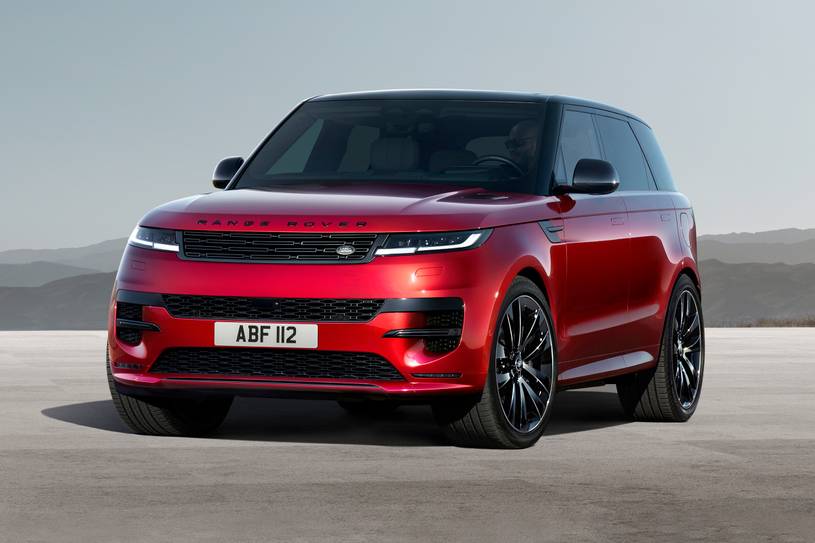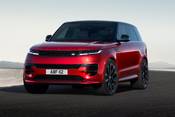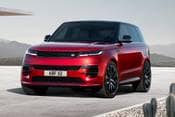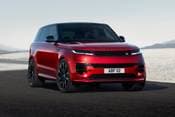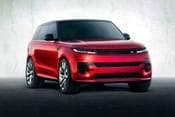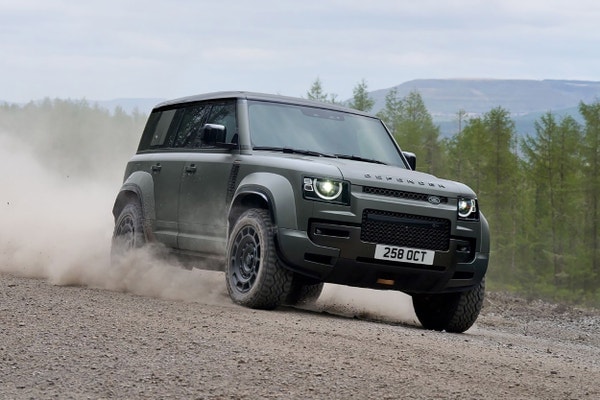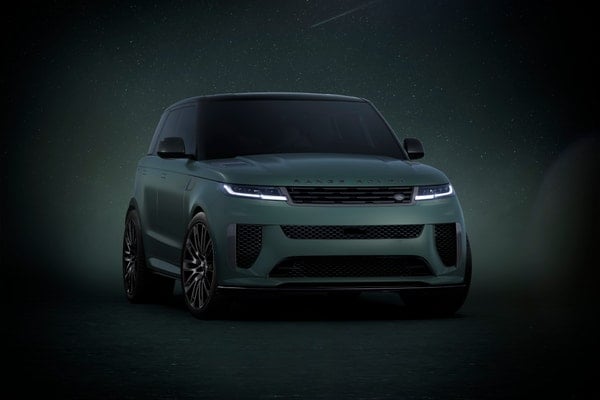The Range Rover Sport hosts a range of revisions for 2024. The new P550e plug-in hybrid replaces the previous P440e; it still features a turbocharged 3.0-liter inline-six but output is increased significantly, rising from 434 horsepower and 457 lb-ft of torque to 542 hp and 590 lb-ft. Land Rover says the substantial increase in power is enough to rocket the Range Rover Sport P550e from zero to 60 mph in 4.7 seconds. This compares favorably to the P440e's estimated acceleration time of 5.5 seconds. The plug-in hybrid component provides as much as 51 miles of electric-only driving, according to Land Rover.
If you aren't ready to step all the way up to the PHEV, a non-hybrid turbocharged six-cylinder powers more modest versions of the Range Rover Sport. The P360 SE kicks things off with 355 hp, with the next-level P400 SE Dynamic bumping output to 395 hp. All Range Rover Sports feature an eight-speed transmission and all-wheel drive, though if you're intent on taking your luxury SUV off-road, only the P550e and above come with a low ratio transfer case as standard.
Topping the model lineup is the 2024 Range Rover Sport SV. Replacing the high-end SVR of the previous generation, the SV is powered by a new 4.4-liter twin-turbo V8 with mild hybrid technology. The SV's powertrain delivers 626 hp and 553 lb-ft — which is a useful 51 hp and 37 lb-ft more than the supercharged 5.0-liter V8 of its SVR predecessor. That's enough to allow the Range Rover Sport SV to reach 60 mph in just 3.6 seconds, on to a top speed of 180 mph.
The hood above that new V8 is significant, too, because in the SV it's made of carbon fiber. This — along with other SV options of 23-inch carbon-fiber wheels and eight-piston Brembo carbon-ceramic brakes — highlights the lengths Land Rover's engineers have gone not just to produce more power with this sporting flagship model but to also allow the Range Rover Sport SV driver the means with which to really exploit it.
